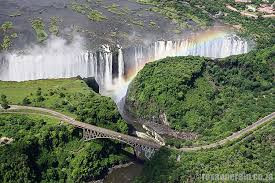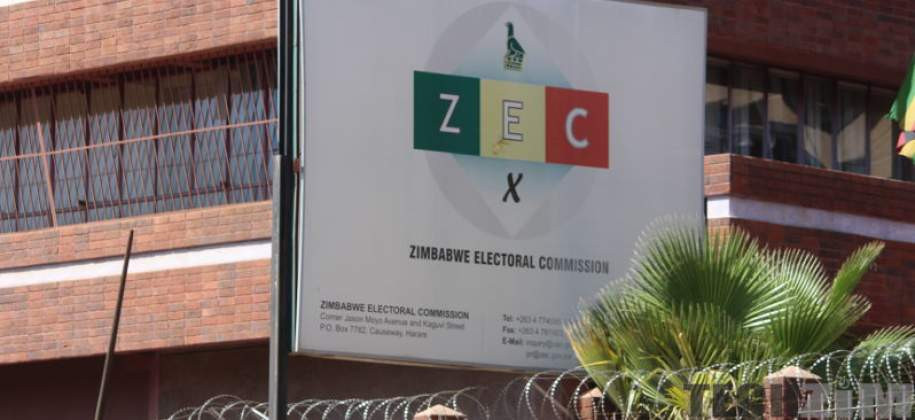
In 1989, the majestic Victoria Falls was awarded World Heritage status by the United Nations Educational, Scientific and Cultural Organisation (Unesco).
This global recognition celebrated the pristine beauty of a waterfall that once dazzled Scottish explorer David Livingstone — and continues to enchant visitors from all corners of the world.
Locals call it Mosi-oa-Tunya, “The Smoke that Thunders” — a name that captures the essence of its roaring plunge into the Zambezi River and the ever-present veil of mist rising above it. Ranked among the world’s largest and most spectacular waterfalls, Victoria Falls belongs in the same class as Niagara, which straddles the US–Canada border.
Yet, in 2022, Unesco issued a stern warning: Victoria Falls was in danger of losing its World Heritage status due to “individual and cumulative infrastructure developments encroaching on protected areas”.
Two years before Zimbabwe was granted the honour, then Tourism and Information Minister Nathan Shamuyarira famously declared that the country would guard against the excesses that had altered similar natural sites abroad.
“The falls will never be another Niagara — there will be no gaudy lights here,” he insisted.
Ironically, that commitment is now under scrutiny. A legal battle to halt commercialisation in ecologically sensitive areas around the falls remains unresolved. Yet, even as that case drags through the courts, Victoria Falls this week takes centre-stage in hosting the 15th Meeting of the Conference of the Contracting Parties to the Ramsar Convention on Wetlands (COP15).
President Emmerson Mnangagwa officially opened the conference yesterday. It has drawn representatives from 172 countries and around 2 500 delegates to deliberate on wetlands conservation, sustainable utilisation, and restoration. Among them is Convention on Wetlands Secretary General Musonda Mumba.
- Mavhunga puts DeMbare into Chibuku quarterfinals
- Bulls to charge into Zimbabwe gold stocks
- Ndiraya concerned as goals dry up
- Tarakinyu, Mhandu triumph at Victoria Falls marathon
Keep Reading
As this newspaper has extensively reported over the past three years, the fight to preserve Victoria Falls is not simply about conservation — it is about safeguarding a sacred natural wonder for future generations.
One must stand before the thundering chasm to truly understand the depth of the legal challenge spearheaded by one Victoria Falls-based activist.
Here, the mighty Zambezi plunges 108 metres into a gorge carved over millennia. The roar is deafening. The mist rises high enough to be seen from 30 kilometres away.
Rainbows form and dissolve in its spray. The air smells of soaked earth.
Baboons leap between trees. Fish eagles cry from the cliffs. In the rainforest across the gorge, rare orchids cling to dripping rock, and ancient fig trees stretch skyward.
This is what Larry Benjamin Norton, the activist, is fighting to protect — not a static monument. It is a sanctuary of wilderness, memory, and awe.
COP15 must not waste this moment. It must rise to the occasion.











